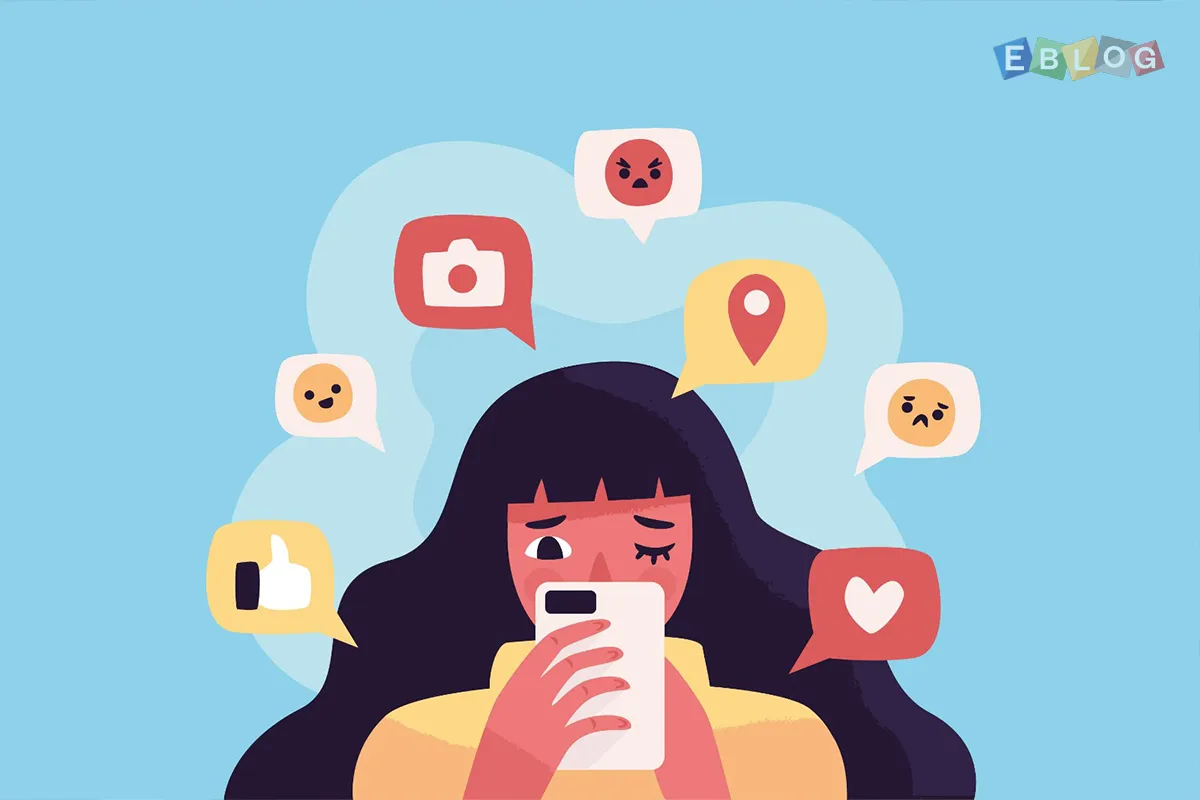
Social Media and Anxiety: How to Set Boundaries
- 20 Aug, 2025
- Health
- 303 Views
- 0 Comments
In today's digital age, social media has become an integral part of our lives. From staying connected with loved ones to discovering new trends, it offers a host of benefits. But while scrolling through curated feeds can be entertaining and informative, it can also take a toll on our mental health—especially when it comes to anxiety.
Many studies have linked excessive social media use to increased levels of stress, comparison, and anxiety. But the good news is, you don't have to quit cold turkey. Setting healthy boundaries can help you regain control, reduce anxiety, and create a more balanced relationship with your online world.
Understanding the Link Between Social Media and Anxiety
a. Before diving into boundaries, it's important to understand how social media contributes to anxiety:
b. Constant Comparison: Seeing highlight reels of others' lives can lead to unrealistic comparisons and feelings of inadequacy.
c. Fear of Missing Out (FOMO): Seeing others participate in events or experiences can make us feel left out or less accomplished.
d. Information Overload: The never-ending stream of news, opinions, and content can be overwhelming and mentally exhausting.
e. Validation Seeking: Relying on likes, comments, or shares for self-worth can make us dependent on external approval.
If any of these resonate with you, you’re not alone—and you can take action.
How to Set Boundaries With Social Media
1. Track Your Usage
Start by becoming aware of how much time you're spending on social media. Use built-in tools on your phone (like Screen Time for iOS or Digital Wellbeing for Android) to track daily and weekly usage. You might be surprised.
2. Schedule Specific Times to Check In
Instead of mindlessly scrolling throughout the day, set specific times to check social media. For example, 30 minutes in the evening or 10 minutes during lunch. Treat it like any other scheduled activity.
3. Curate Your Feed
Unfollow or mute accounts that trigger negative emotions, comparison, or anxiety. Follow accounts that promote positivity, education, and inspiration instead. Your feed should uplift you—not drain you.
4. Use "Do Not Disturb" or App Limits
Set limits on how long you can spend on certain apps. Most smartphones allow you to restrict app usage or enable "focus" modes during work or relaxation hours.
5. Have Tech-Free Zones
Create physical and mental boundaries by making certain spaces social media-free—like your bedroom, the dining table, or during workouts. This encourages mindfulness and real-world engagement.
6. Take Breaks
Sometimes a short social media detox can work wonders. Try a 24-hour or weekend break to reset your relationship with the apps. Notice how your mood and anxiety levels shift.
7. Be Intentional About Why You’re Logging On
Ask yourself: Why am I opening this app right now? If you’re bored, anxious, or seeking validation, consider an alternative—like reading, journaling, or reaching out to a friend directly.
8. Talk About It
If you're struggling, you're not alone. Please talk about your feelings with friends, family, or a mental health professional. Sometimes just sharing the pressure can lessen its hold.
Final Thoughts
Social media isn’t inherently bad—but how we use it matters. By setting intentional boundaries, we can reclaim our mental space, reduce anxiety, and build a healthier digital life.
It’s okay to disconnect. Sometimes that’s the most powerful thing you can do for your peace of mind.







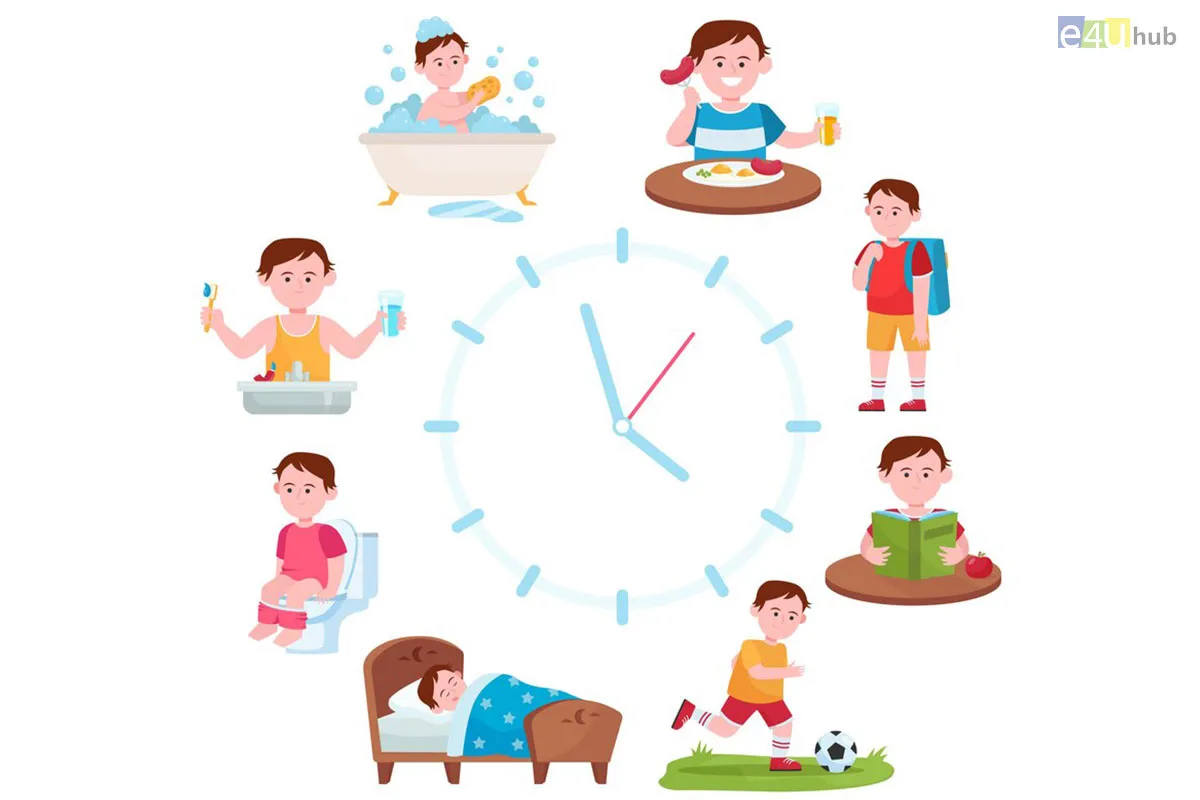
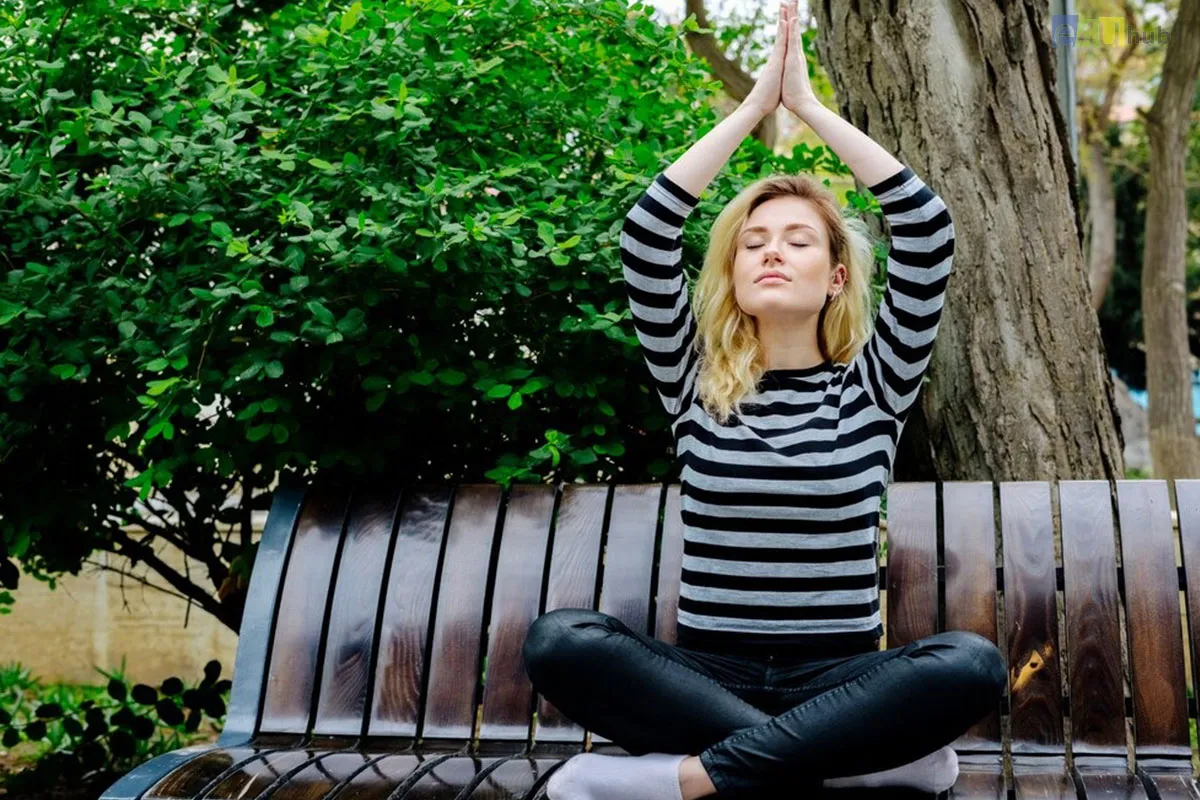

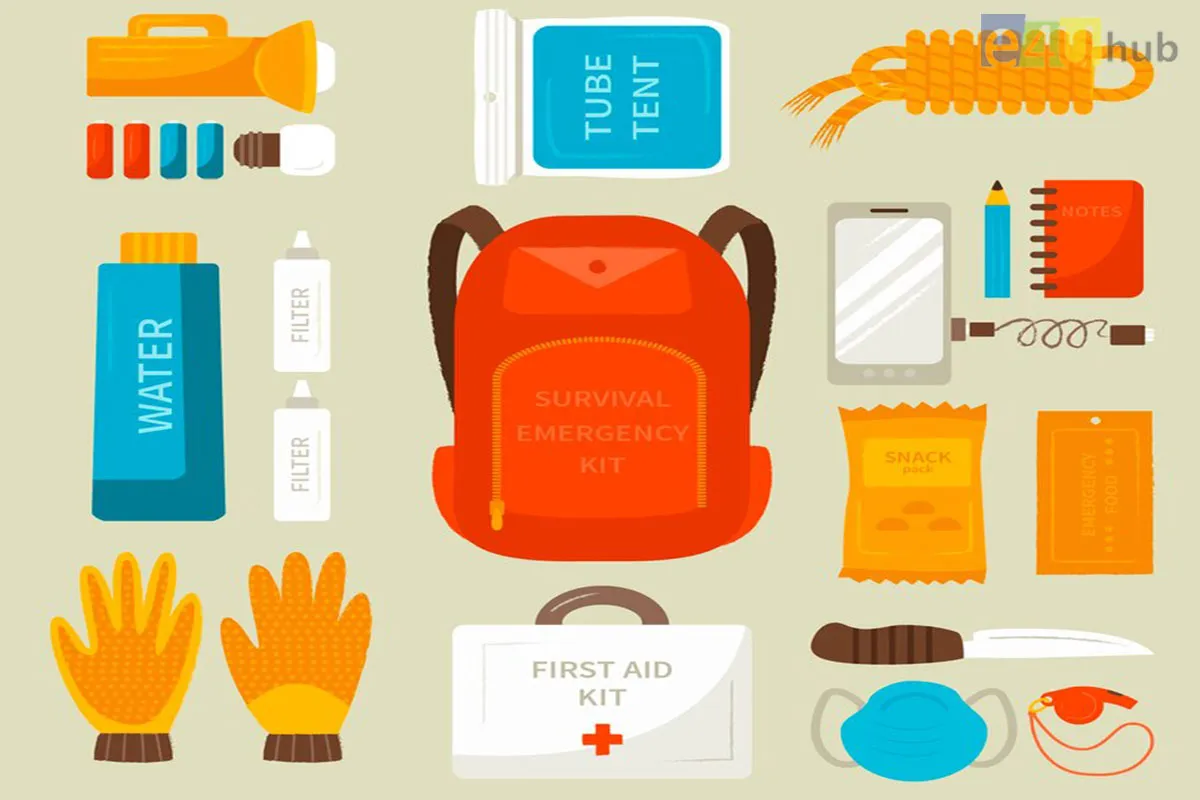

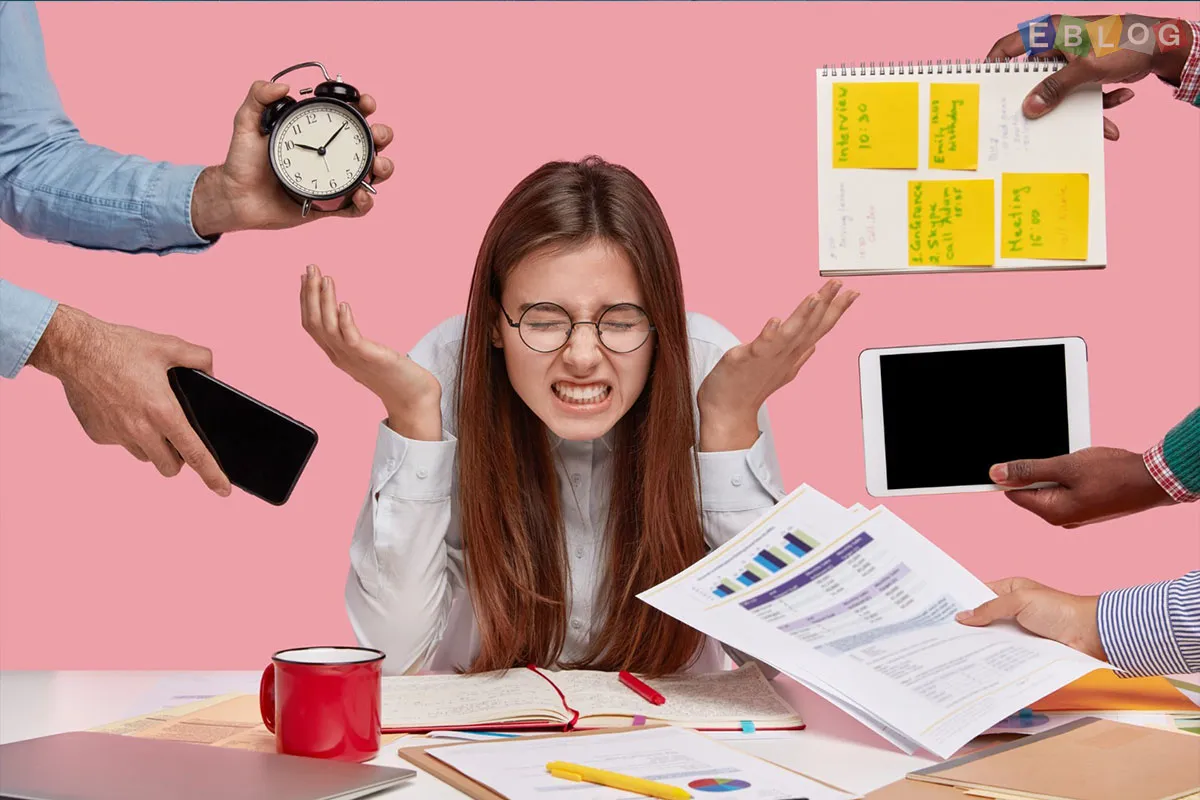


Leave a Reply